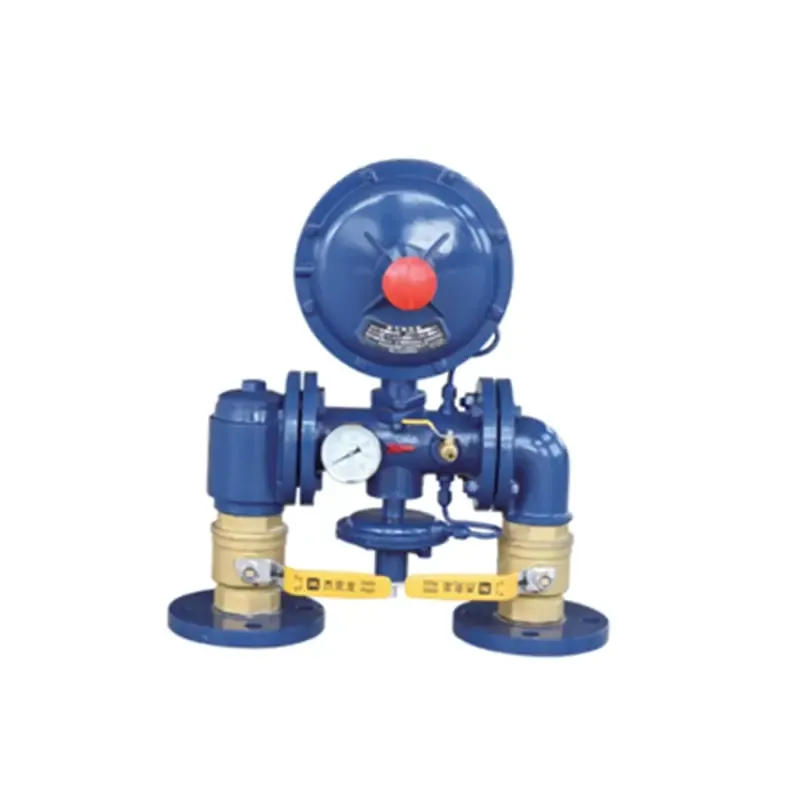
Jul . 26, 2024 05:35
Back to list
Understanding Safety Valves and Their Critical Role in Pressure Management Systems
The Importance of Safety Valves A Comprehensive Overview
Safety valves are critical components in various industries, designed to protect equipment and personnel from the dangers of excessive pressure. These devices play a vital role in maintaining the integrity of pressure systems, ensuring that they operate safely within predetermined limits. Their importance can be observed across multiple sectors, including oil and gas, chemical processing, power generation, and manufacturing.
At its core, a safety valve is engineered to automatically release excess pressure from a system when it exceeds a set threshold. This mechanism prevents catastrophic failures such as explosions or equipment damage, which could result in injuries, fatalities, and significant financial losses. The design of safety valves varies depending on their application, but they all share the same fundamental objective to ensure safety through pressure regulation.
.
In the oil and gas industry, for instance, the consequences of pressure build-up can be catastrophic. Safety valves are used in drilling operations, refining, and transportation of hydrocarbons to prevent blowouts and leaks that could lead to environmental disasters and loss of life. The same principle applies in chemical processing facilities, where reactive substances are often involved. A failure to manage pressure in these environments can result in toxic releases or explosions, highlighting the crucial role of safety valves.
صمام الأمان

Moreover, the power generation sector relies on safety valves to manage steam pressure in boilers and turbines. The failure of these systems could lead to severe accidents, including boiler explosions, which poses a risk not only to equipment but also to plant workers and nearby communities. Regular maintenance and testing of these valves are therefore vital to ensure they function correctly under varying operating conditions.
Safety regulations and standards often govern the design, testing, and maintenance of safety valves. Organizations like the American Society of Mechanical Engineers (ASME) provide guidelines that help ensure these devices meet minimum safety requirements. Compliance with these standards is crucial for industry players, as it not only assures safety but also enhances the credibility of the organization involved.
In recent years, technological advancements have expanded the capabilities of safety valves. Innovations such as electronic monitoring and control systems allow for real-time tracking of pressure levels and valve performance, leading to improved reliability and preventive maintenance strategies. Predictive maintenance techniques also help in identifying potential issues before they escalate, further safeguarding operations.
In conclusion, safety valves are a cornerstone of industrial safety, providing an essential function in pressure regulation to prevent accidents and protect lives. Their significance spans across various industries, underscoring the universal need for effective safety mechanisms. As technology continues to evolve, the role of safety valves will likely become even more critical, ensuring that industries can operate safely amidst evolving challenges and risks. Therefore, investing in quality safety valves and adhering to maintenance protocols is not just good practice; it is a vital requirement for the sustainability and safety of industrial operations.
Latest news
-
Safety Valve Spring-Loaded Design Overpressure ProtectionNewsJul.25,2025
-
Precision Voltage Regulator AC5 Accuracy Grade PerformanceNewsJul.25,2025
-
Natural Gas Pressure Regulating Skid Industrial Pipeline ApplicationsNewsJul.25,2025
-
Natural Gas Filter Stainless Steel Mesh Element DesignNewsJul.25,2025
-
Gas Pressure Regulator Valve Direct-Acting Spring-Loaded DesignNewsJul.25,2025
-
Decompression Equipment Multi-Stage Heat Exchange System DesignNewsJul.25,2025

